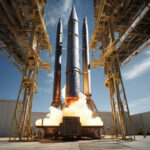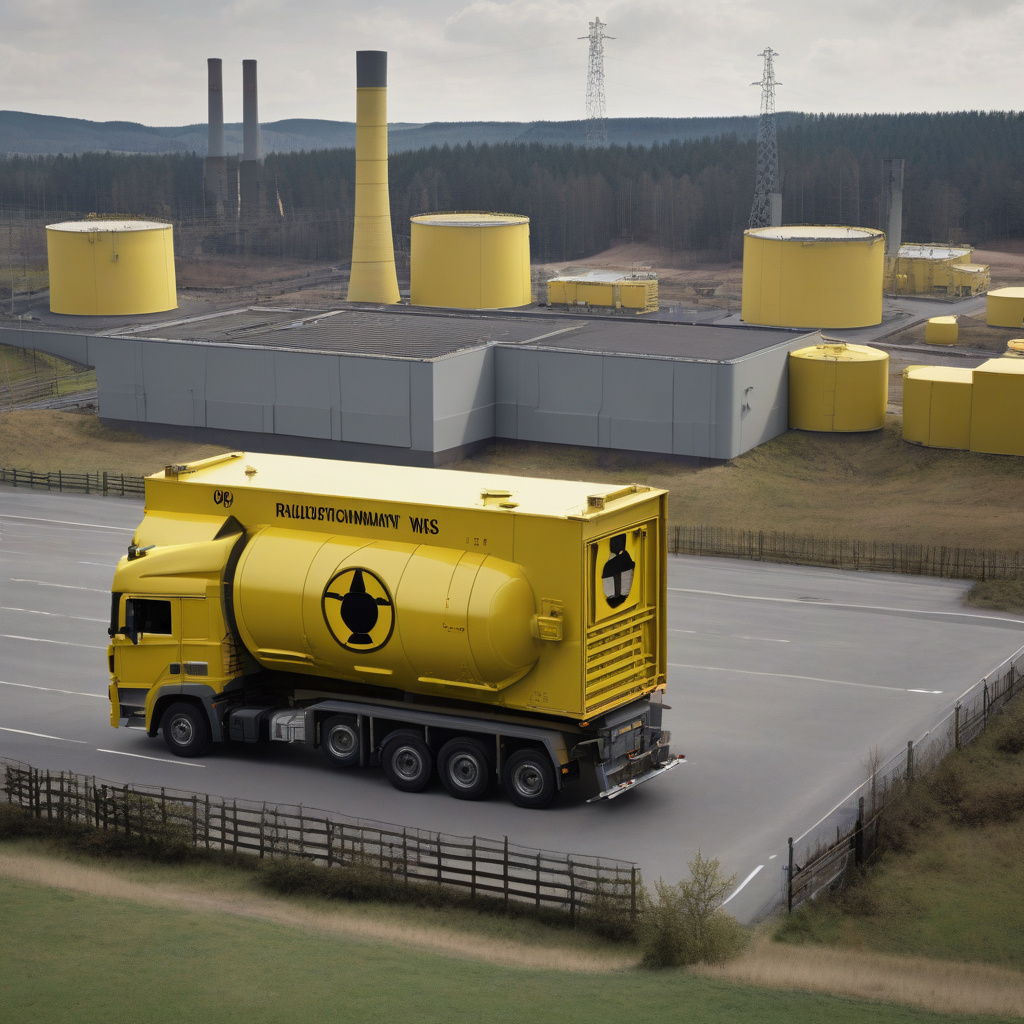700 Tons of Highly Radioactive Nuclear Waste Reaches Germany, Triggers Uproar
A massive amount of highly radioactive nuclear waste has reached the northern German port of Nordenham, stirring up a storm of controversy and concern among environmentalists, residents, and policymakers alike. The 700 tons of nuclear waste, originating from France, has been transported by ship to Germany for processing and storage, raising serious questions about the risks and implications associated with the handling of such hazardous materials.
The arrival of this substantial quantity of nuclear waste has reignited the debate surrounding the safety and sustainability of nuclear energy, particularly in light of the pressing need to address climate change and transition towards cleaner, renewable energy sources. While nuclear power has long been touted as a reliable and efficient alternative to fossil fuels, the issue of nuclear waste disposal remains a significant challenge that must be carefully managed to prevent environmental contamination and public health risks.
The transportation of radioactive materials across borders has also sparked concerns about the potential hazards and security risks involved in such operations. The need for stringent safety measures and robust regulatory frameworks to govern the handling and transportation of nuclear waste is more critical than ever, as any lapses or accidents could have far-reaching consequences for the environment and human health.
In response to the uproar caused by the arrival of the nuclear waste in Germany, authorities have sought to reassure the public that all necessary precautions have been taken to ensure the safe and secure storage of the materials. Specialized storage facilities equipped with advanced containment systems and monitoring technologies are in place to prevent any leaks or incidents that could result in radioactive contamination.
However, despite these assurances, many remain skeptical about the long-term implications of storing such vast quantities of nuclear waste in densely populated areas. The specter of potential accidents, leaks, or even deliberate acts of sabotage looms large, underscoring the need for continuous vigilance and oversight to mitigate the risks associated with nuclear waste management.
Moreover, the broader question of how to effectively deal with nuclear waste on a global scale remains a pressing issue that requires coordinated efforts and innovative solutions. From advanced recycling technologies to deep geological repositories, there is a growing need to explore and implement sustainable strategies for the long-term management and disposal of nuclear waste to minimize environmental impact and protect future generations.
As the debate over nuclear energy and its byproducts continues to evolve, it is clear that a comprehensive and transparent approach is essential to address the challenges posed by nuclear waste. By engaging stakeholders, fostering dialogue, and prioritizing safety and sustainability, we can navigate the complexities of nuclear waste management and pave the way for a cleaner, greener energy future.
In conclusion, the arrival of 700 tons of highly radioactive nuclear waste in Germany serves as a stark reminder of the enduring challenges associated with nuclear energy production and waste disposal. By confronting these challenges head-on and embracing innovation and collaboration, we can work towards a more secure and sustainable energy landscape for generations to come.
nuclear waste, Germany, radioactive, environment, sustainability












